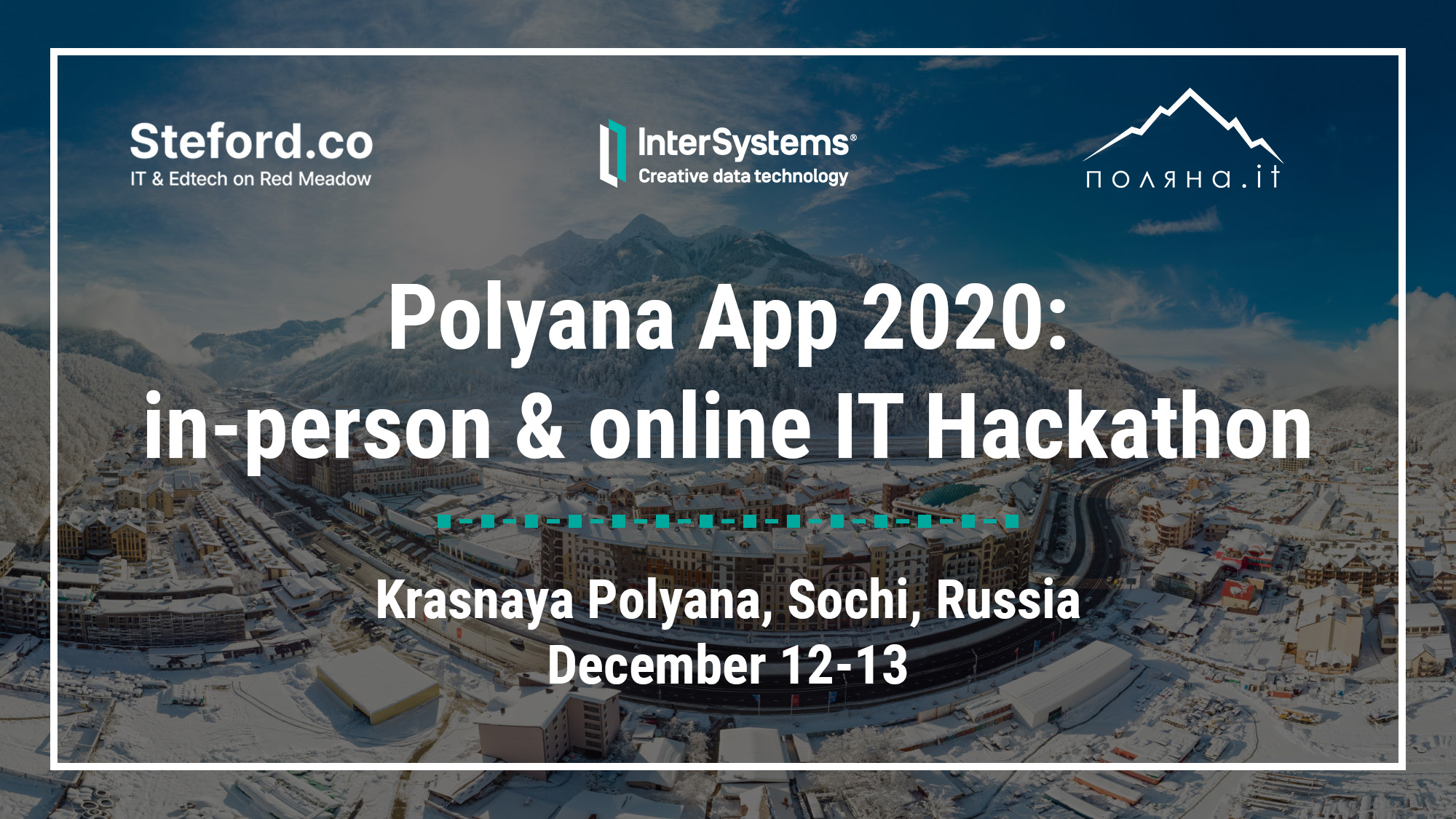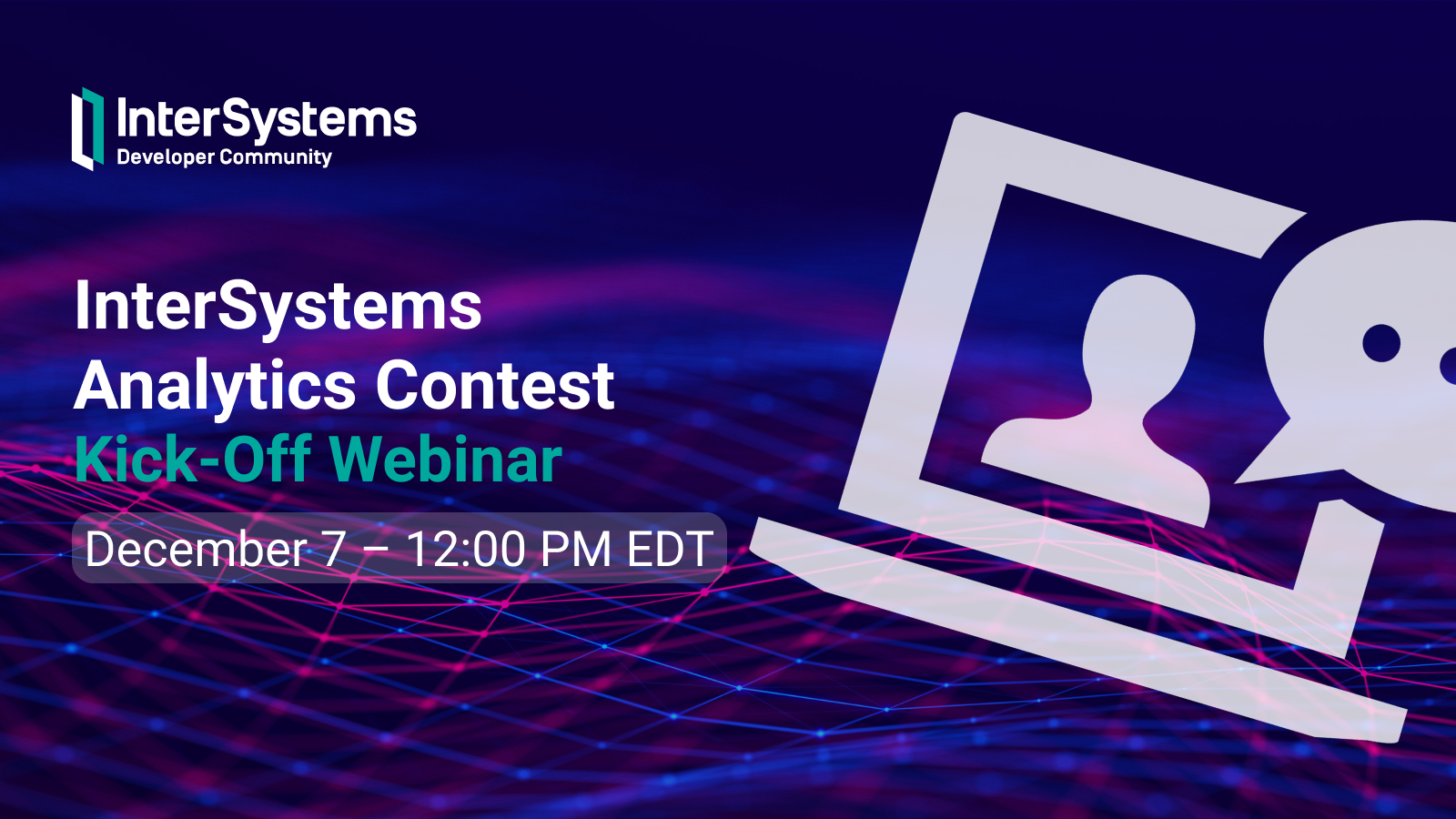Hello,
We are working with a vendor who only accepts JSON as payload. We are currently still on Cache/HealthShare, not IRIS. Since we have to send Continuity of Care Documents, this raises issues with Long Strings (some CCDs can be quite large and in addition to that, they have to be b64-encoded which increases their size even more).
My question is: if we were to go on IRIS and use %JSON.Adapter, storing the encoded Stream in an object's Stream property, would calling %JSONExport() on this object produce the desired JSON? Or would we have to call %JSONExportToStream()?





